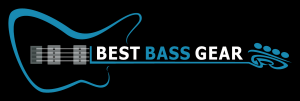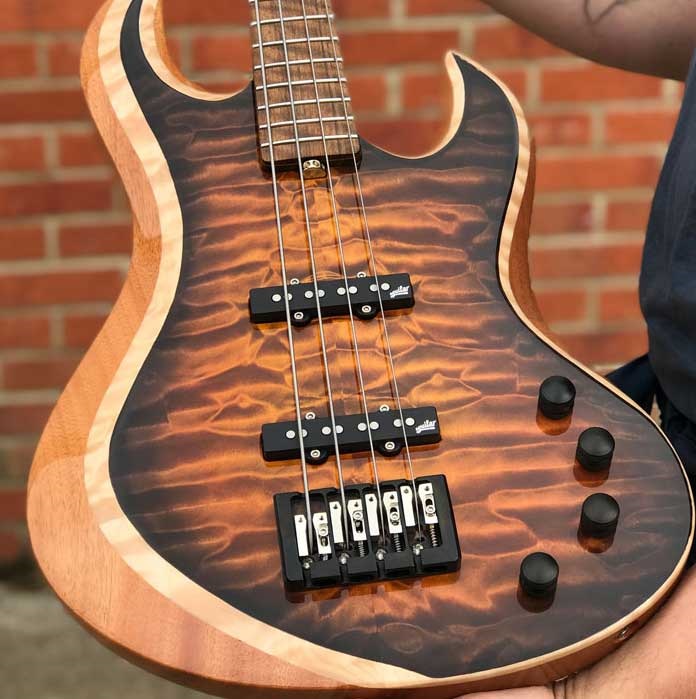At this point, the frets have been installed, but the fret ends are sticking out from either side of the neck and need to be dressed appropriately.
The tool needed to start dressing frets is known as a fret cutter; this tool is generally available online, but not so much in hardware stores as it is a specialty tool.
Note: It is recommended you specifically get the fret cutter and not use a regular end cutter for the reason you will be able to get more of a close cut.
When cutting frets, it important to not only make your cut flush and straight, but also to not twist, else you will end up with malformed edges. The fret cutter tool gives you the best advantage to close the jaws completely every time you make a cut, thus avoiding said malformed edges.
Fret Beveling
Once all your frets have been cut, you are left with sharp edges, and now it is time to bevel your frets.
The tool needed to bevel frets is a fret beveling file. There are generally two sizes available, and it is most likely true you will not need both. The two sizes are long and short. For bass guitar work, the long size is desirable.
Note: A fret beveling file is not cheap, but it is necessary.
How much of a beveled edge should your fret ends and fingerboard edge be?
Generally speaking, you should bevel beyond the fret end and into the fingerboard; this creates an eased edge that is more comfortable on the player’s hands.
The decision on how much beveling your fingerboard edge should be is up to you, however, a general rule of thumb is to try and go for 1/16″ or 1/32″.
Note: Bear in mind that after the beveling process is complete, the polishing process will take off slightly more edge.
Where are the rest of the build steps?
You can view them all here.



